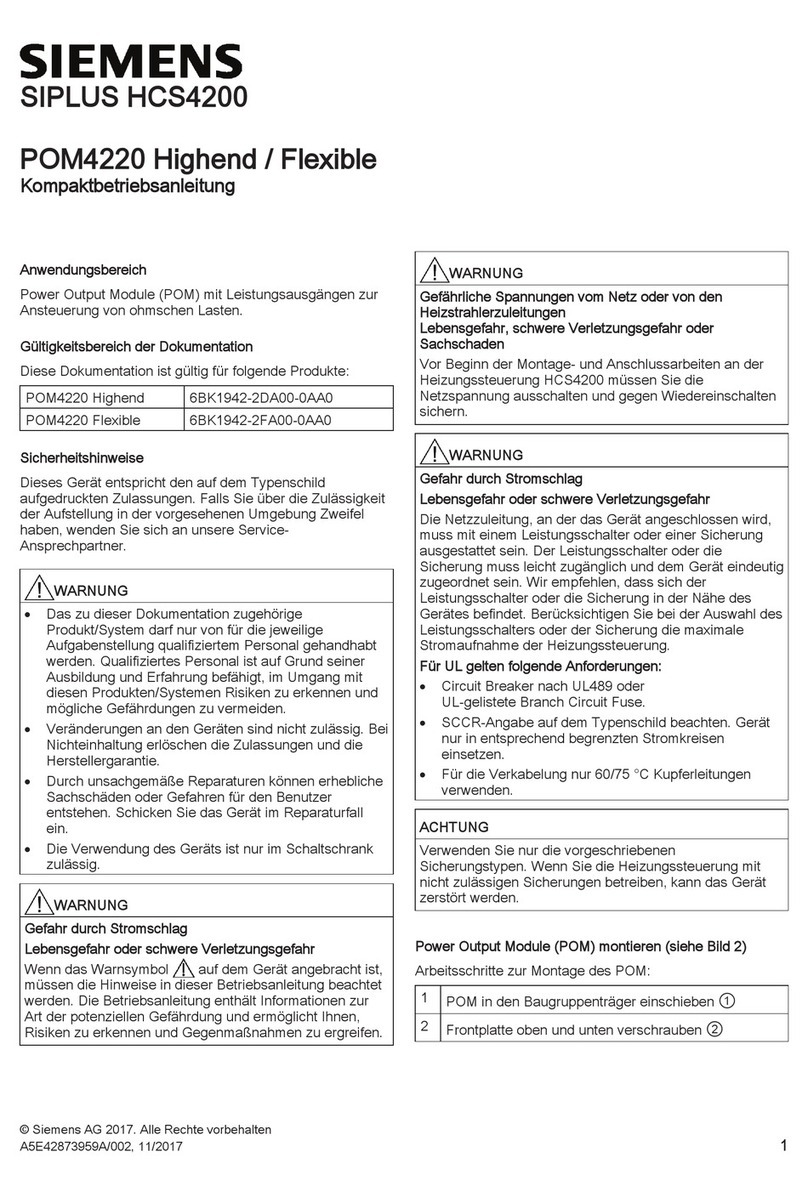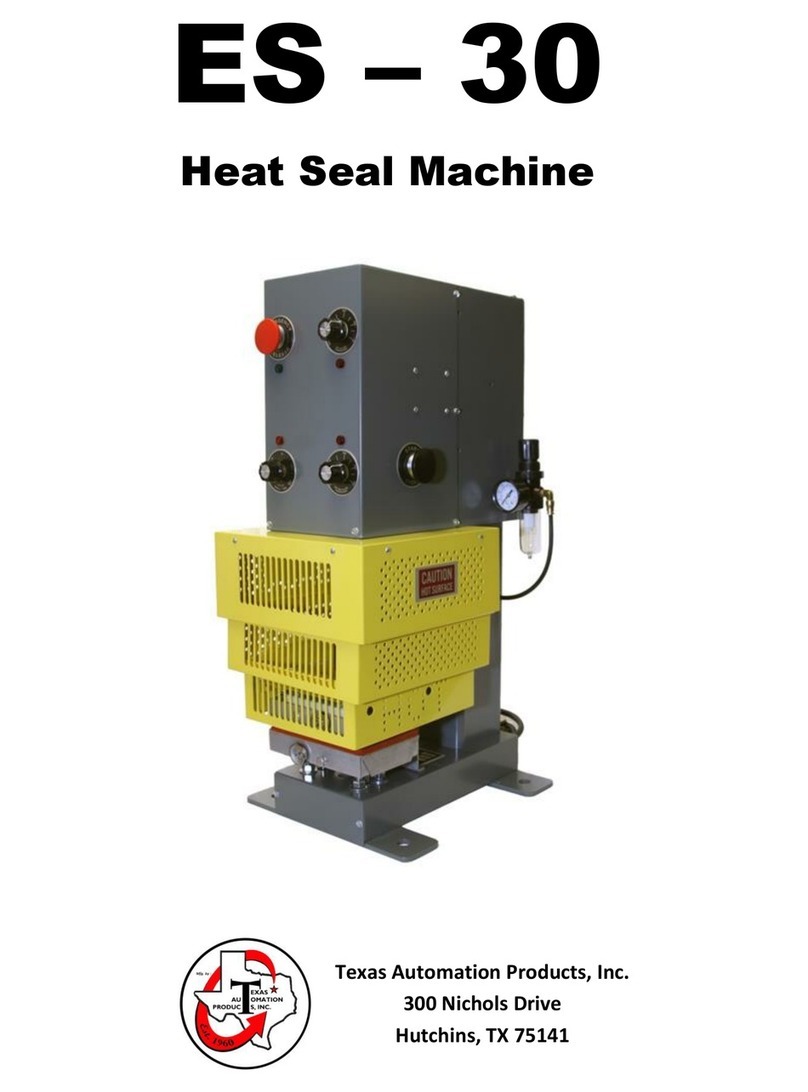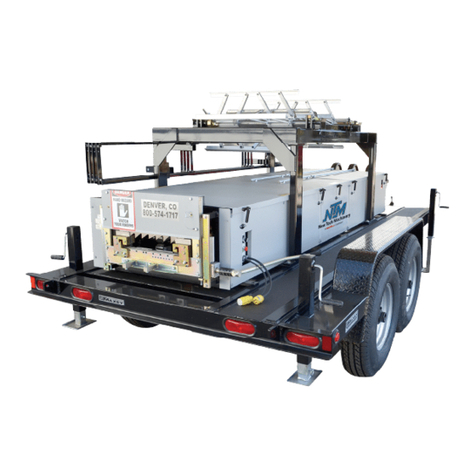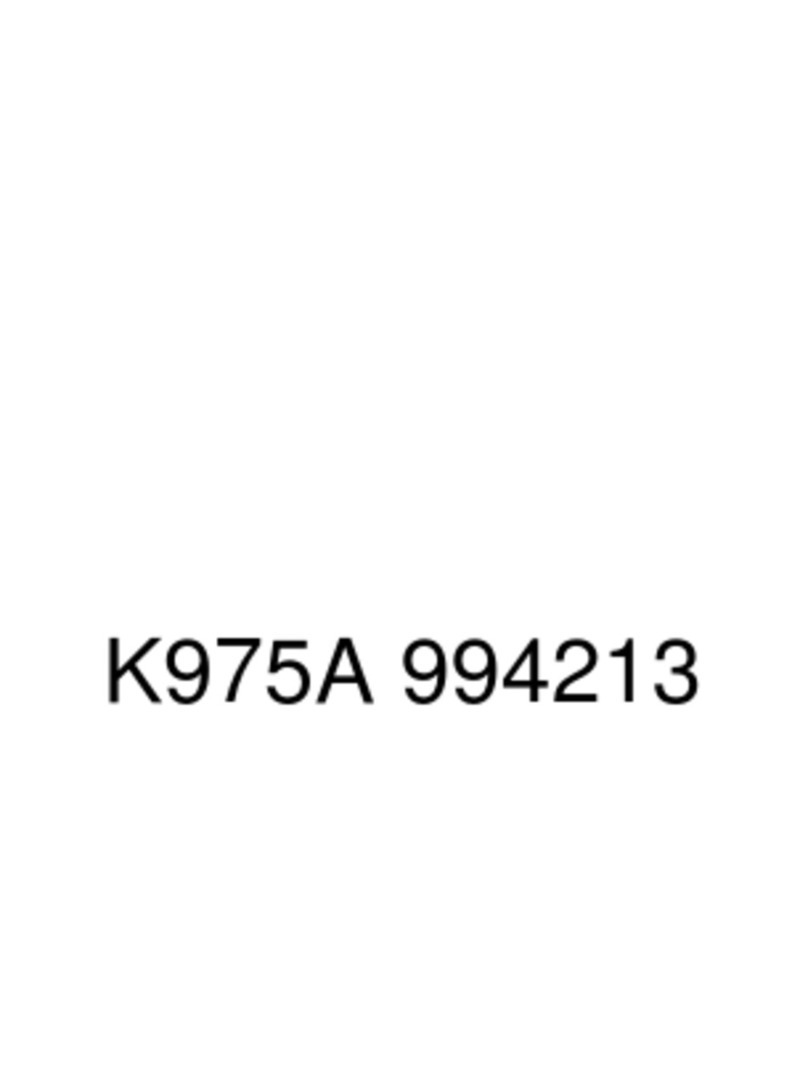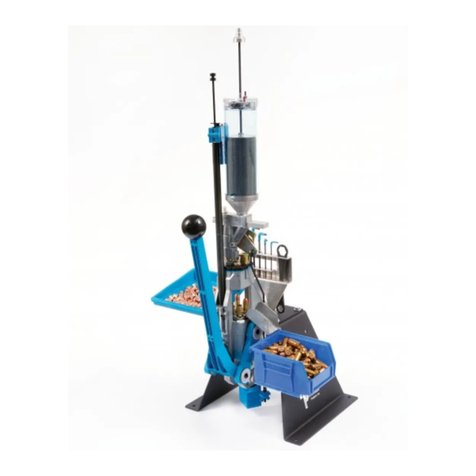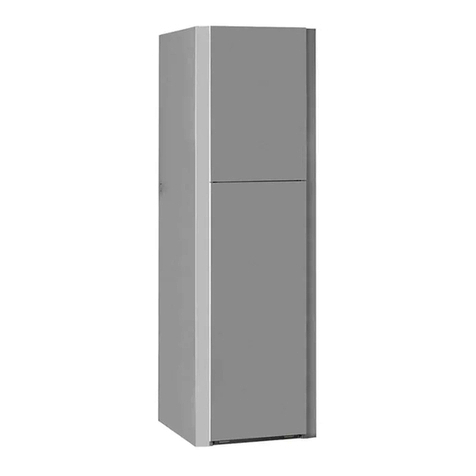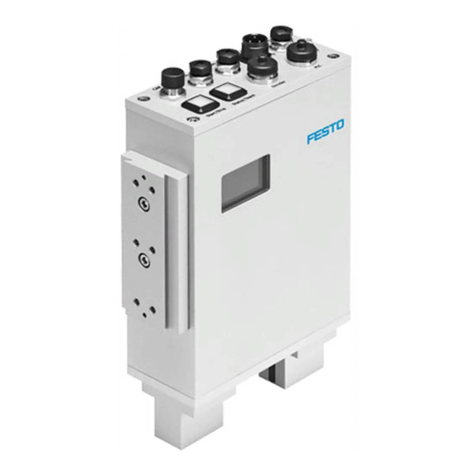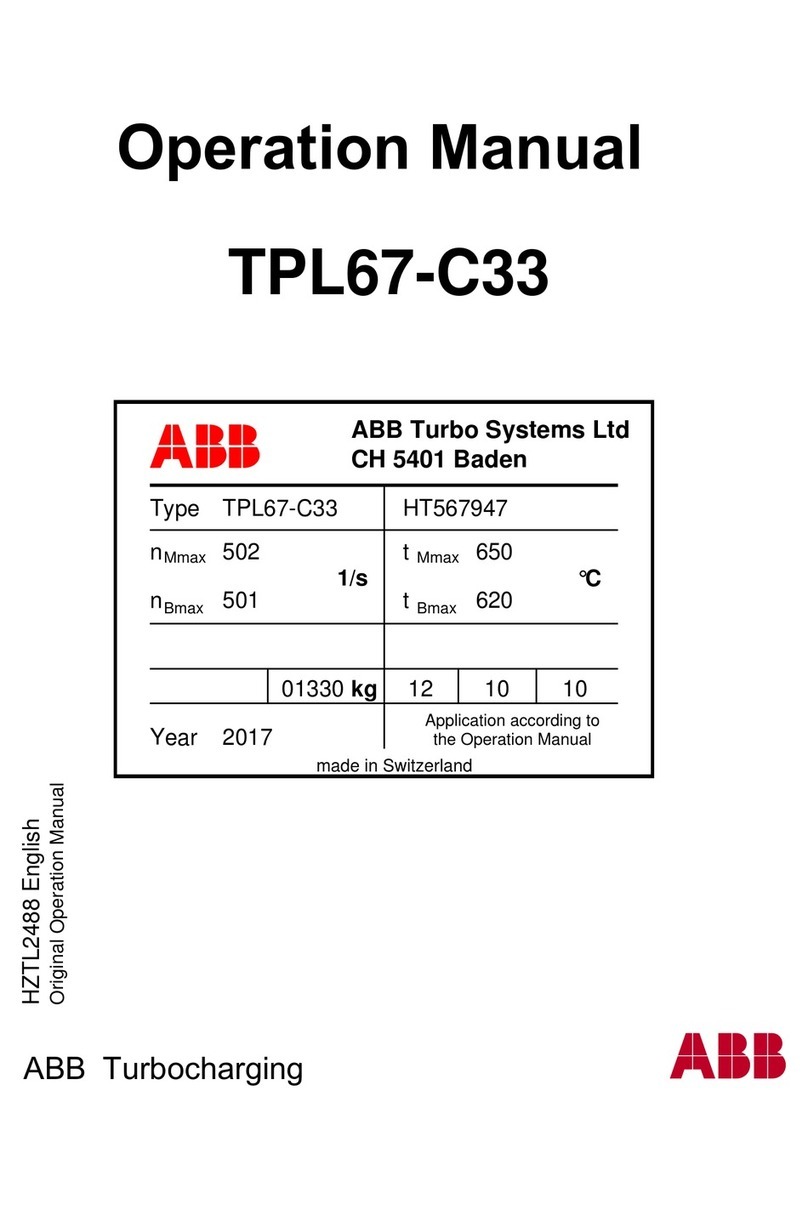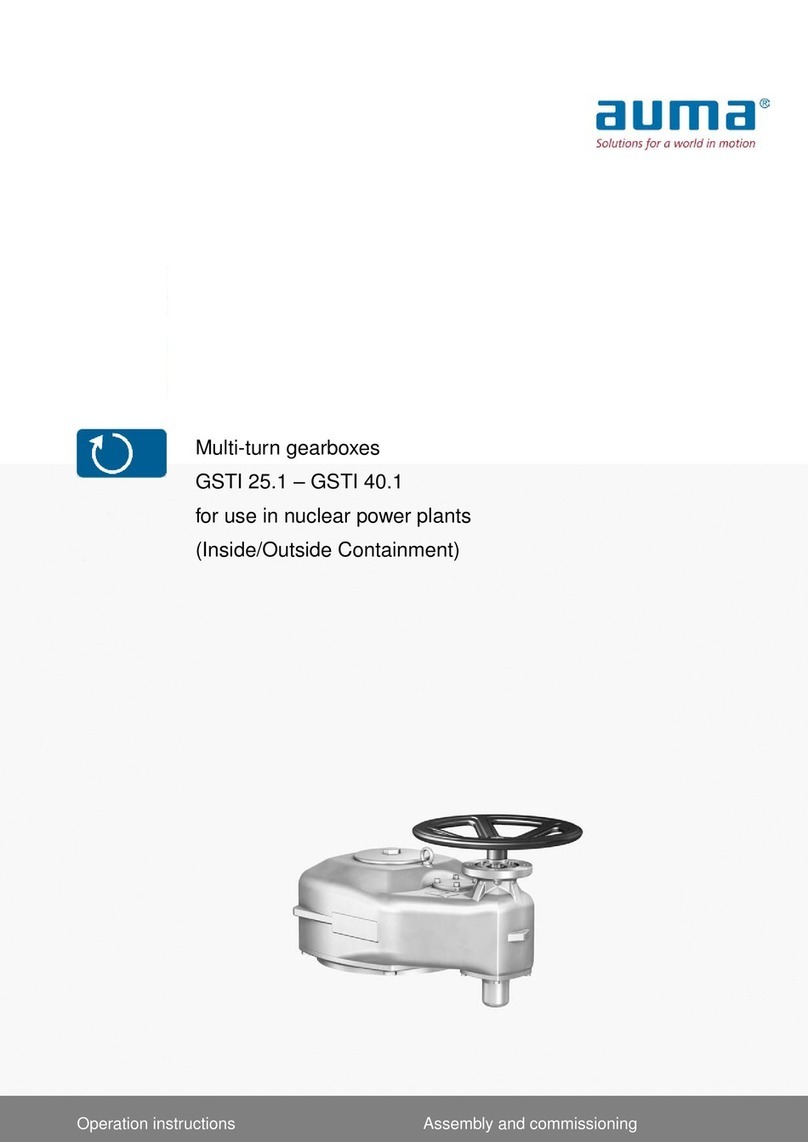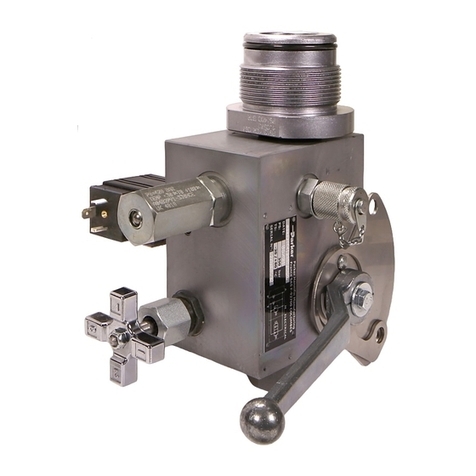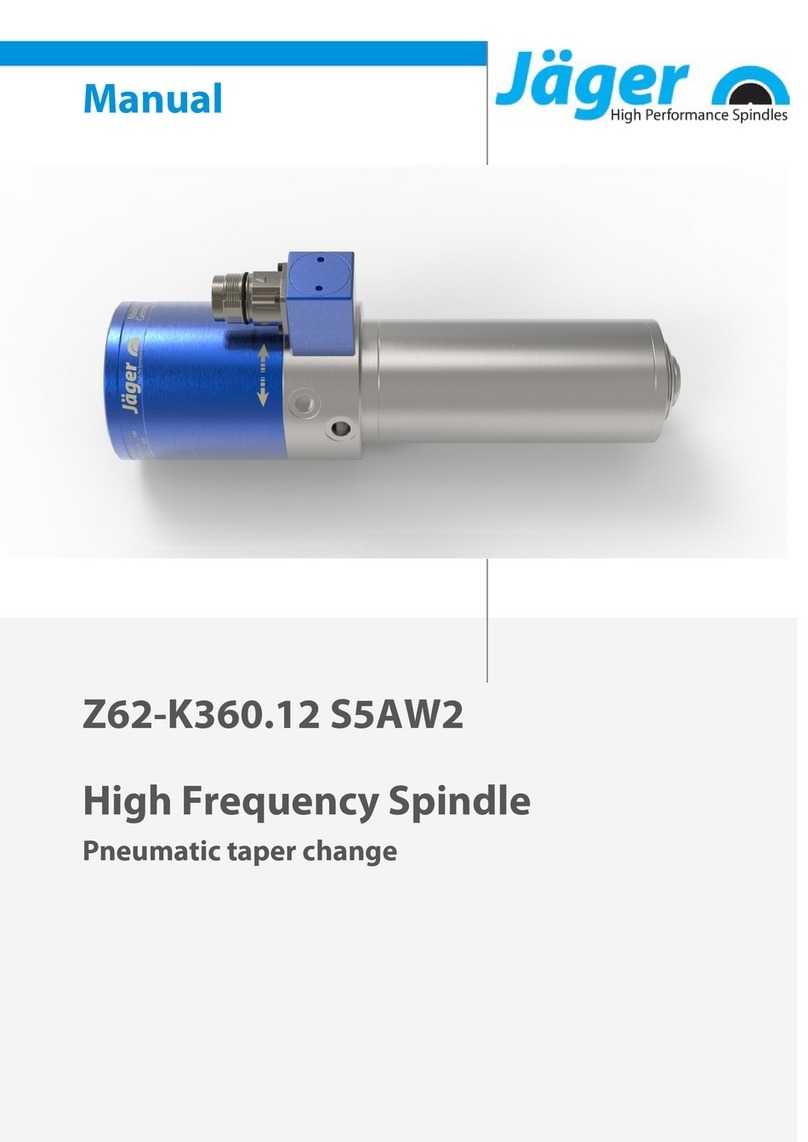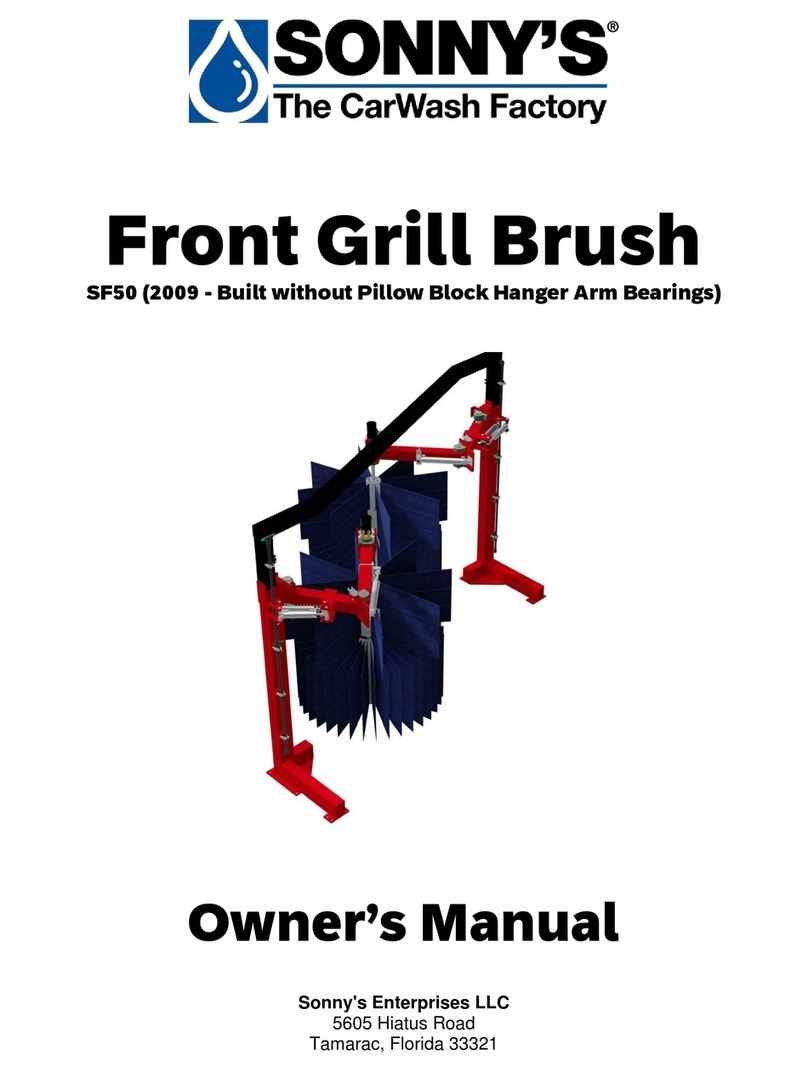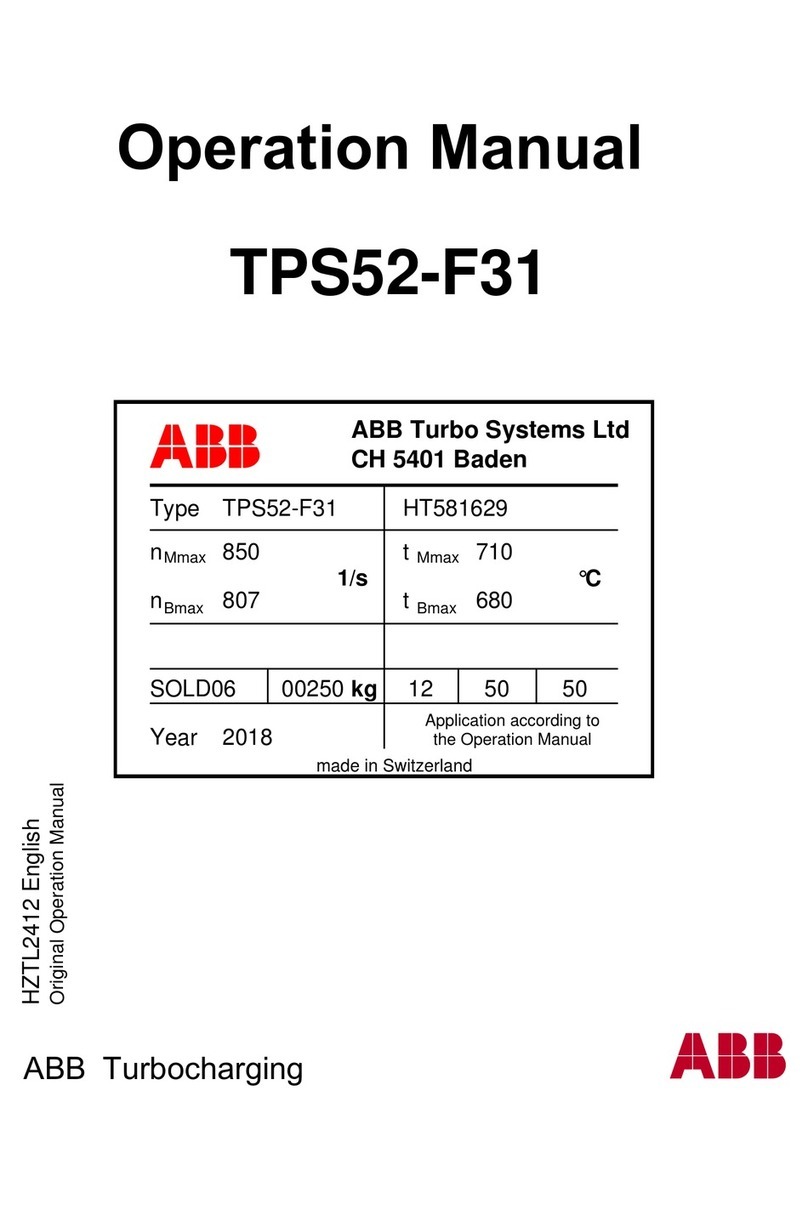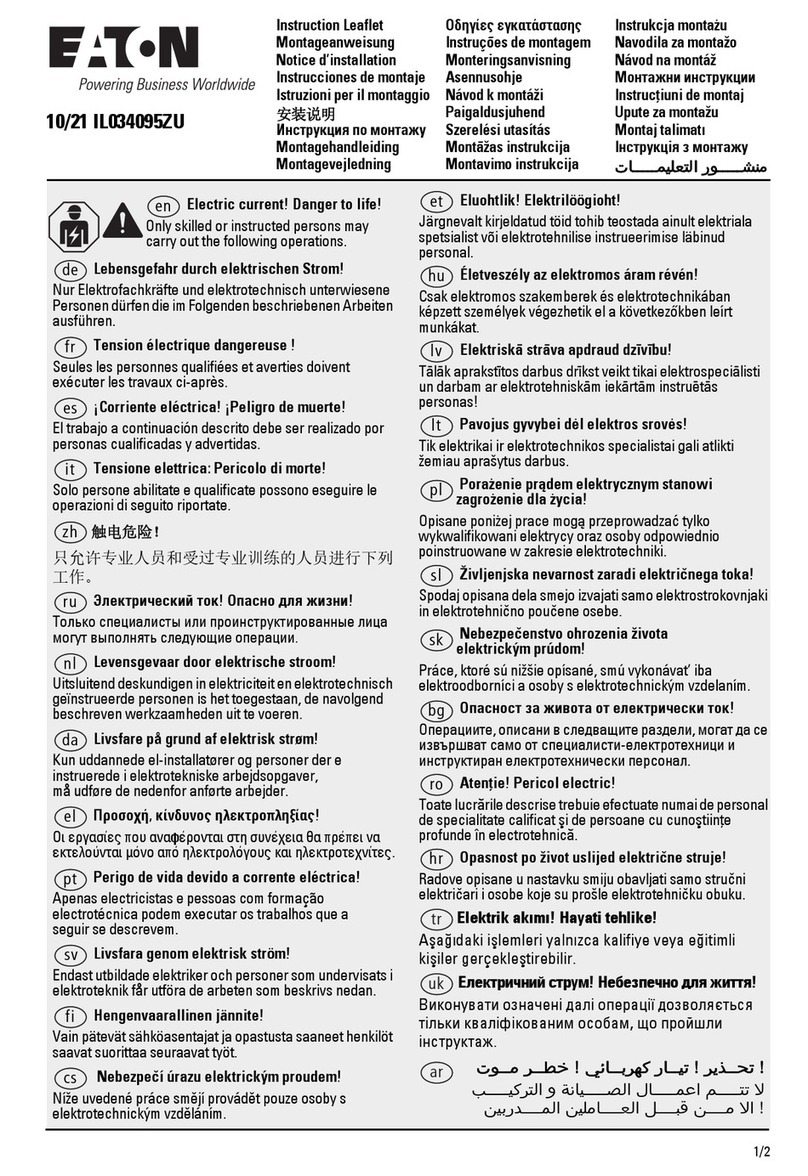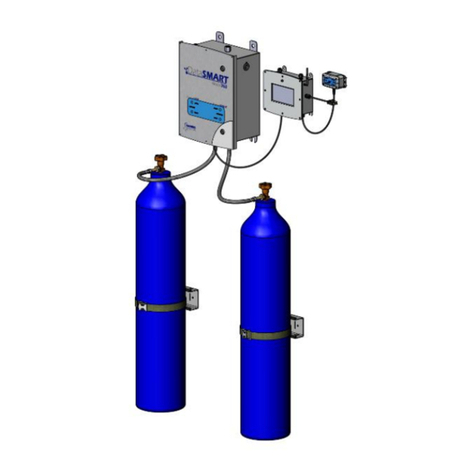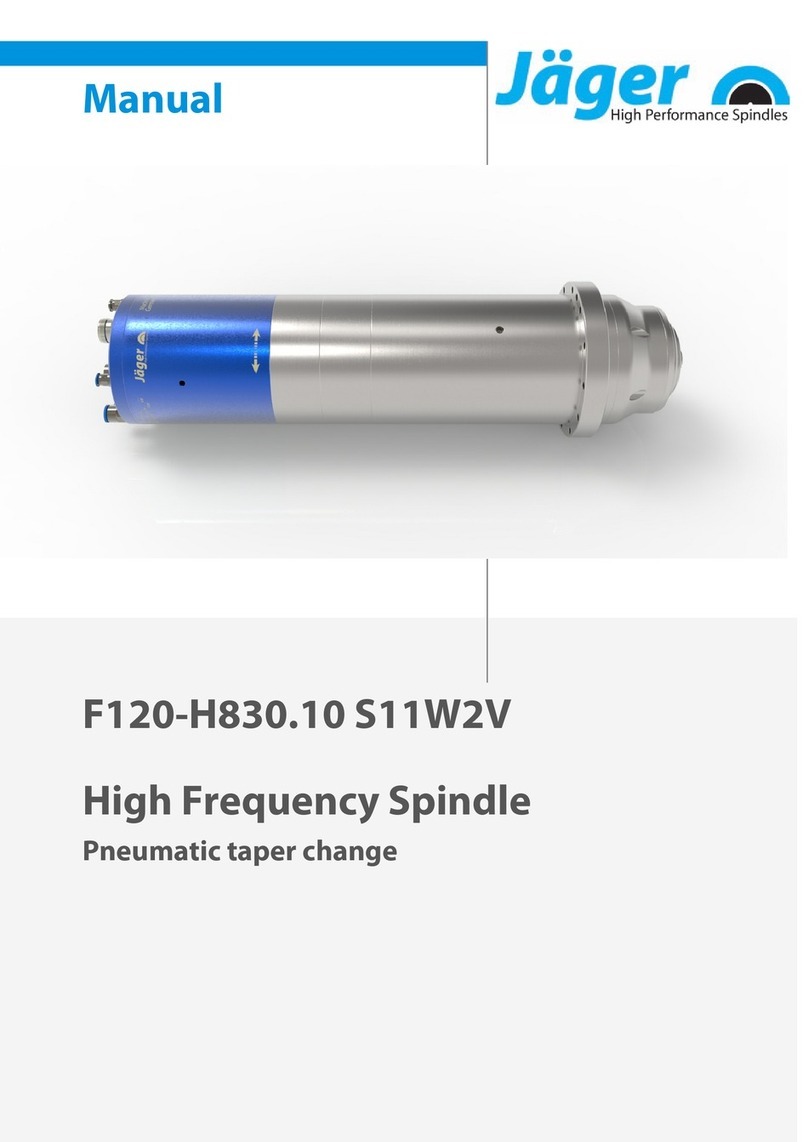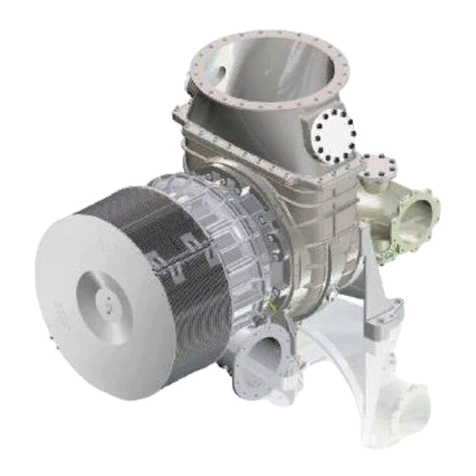
2 Industrial Air Technology Corp.
1.0 GENERAL INFORMATION
Industrial Air Technology Industrial Silencers are designed
for continuous duty in an industrial environment. They are
engineered for predictable performance and trouble free
operation. Each silencer is thoroughly inspected by trained
factory personnel prior to shipping. When properly installed
and maintained, your silencer will provide many years of
trouble free operation. This manual applies to all Industrial
Air Technology silencers. (Specially engineered silencers for
unique applications may require additional instructions, and
will be included with the silencer.) Read and adhere to the
instructions in this manual and retain for future reference.
2.0 RECEIVING AND INSPECTION
All silencers ship f.o.b. factory. Silencers are prepared
for shipment according to the uniform freight classication
rules of the carriers. The equipment is carefully inspected
and when possible tested before shipment and it is the
responsibility of the carrier that it is in perfect condition upon
arrival. When the carrier accepts a shipment and signs the
bill of lading, it becomes responsible for any subsequent
shortages or damage, evident or concealed, and any claim
must be made against the carrier.
Immediately upon receipt of a shipment, carefully inspect
for damage and shortage. If any damage and/or shortage is
detected or suspected, the carrier must be asked to conduct
an inspection. The consignee’s representative should not
accept shipment without a notation on the delivery receipt
indicating items not delivered or apparent extent of damage.
When a shipment is opened and damage found which was
not evident externally (concealed damage), it is mandatory
that the consignee request an immediate inspection by the
carrier. Promptly le a claim against the nal carrier.
2.1 HANDLING
The silencer should only be lifted by the lifting eyes or
mounting supports. Lifting decisions must be left to trained
personnel.
2.2 STORAGE
Any silencer stored for a period of time must be protected
from dirt and moisture. Use of a tarp to cover the unit will aid
in keeping it clean and dry. Do not use a black plastic tarp, as
it will promote condensation. Preferably, silencers are kept
indoors while in storage and protected from the elements.
3.0 INSTALLATION
Remove the skid, crate, and packing materials carefully. The
silencer and ductwork must be adequately supported; a fan
is not designed to provide support for a silencer. Reference
images below.
In most instances, exible connections are recommended
between the silencer and the fan to avoid loading on the fan
from the weight of the silencer, and transmission of vibration.
Reference image below.
Flexible
Connectors
1.0 General Information
2.0 Receiving and Inspection
2.1 Handling
2.2 Storage
3.0 Installation
4.0 Maintenance
5.0 Troubleshooting
Contents
